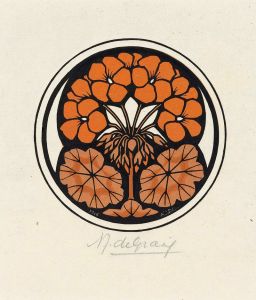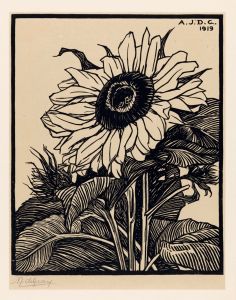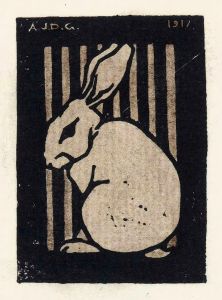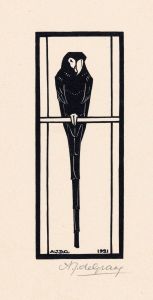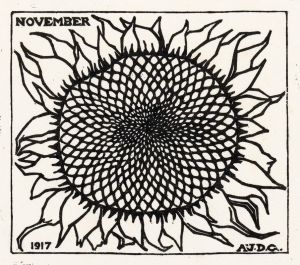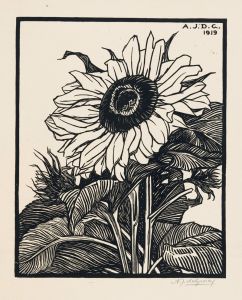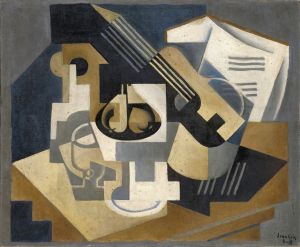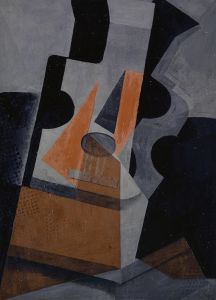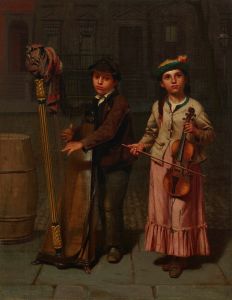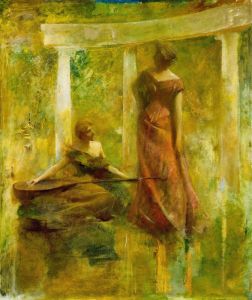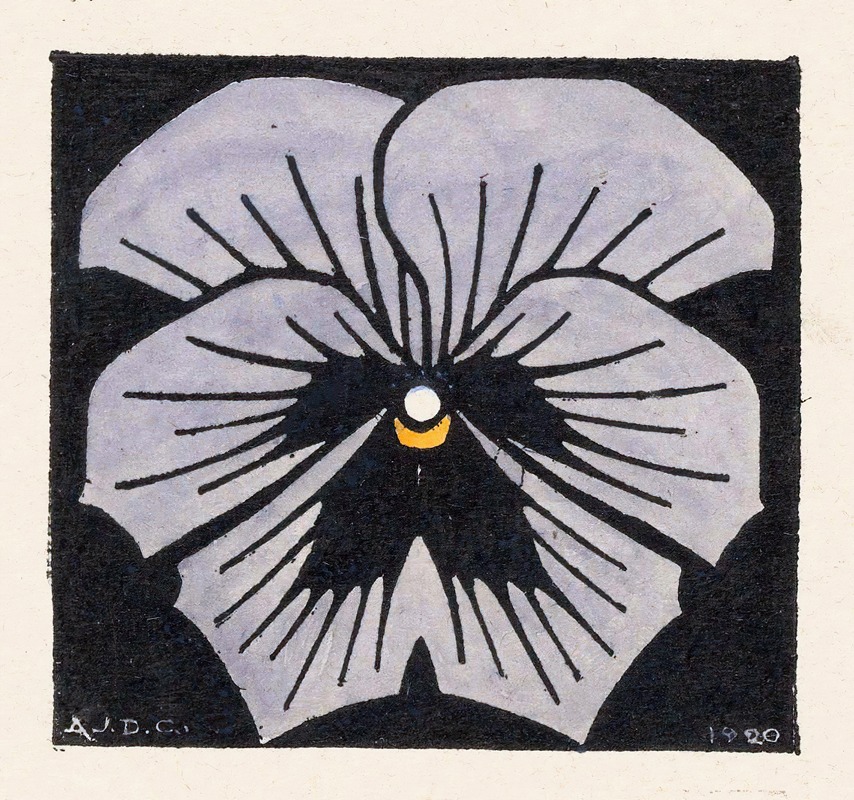
Viool
A hand-painted replica of Julie de Graag’s masterpiece Viool, meticulously crafted by professional artists to capture the true essence of the original. Each piece is created with museum-quality canvas and rare mineral pigments, carefully painted by experienced artists with delicate brushstrokes and rich, layered colors to perfectly recreate the texture of the original artwork. Unlike machine-printed reproductions, this hand-painted version brings the painting to life, infused with the artist’s emotions and skill in every stroke. Whether for personal collection or home decoration, it instantly elevates the artistic atmosphere of any space.
Julie de Graag (1877–1924) was a Dutch artist known for her graphic works and paintings, often characterized by their simplicity and strong lines. One of her notable works is "Viool," which translates to "Violin" in English. This piece exemplifies her style and artistic focus during the early 20th century.
Julie de Graag was born in Gorinchem, Netherlands, and studied at the Royal Academy of Art in The Hague. Her work is often associated with the Art Nouveau movement, which was prevalent during her time. Art Nouveau is known for its decorative style, often incorporating organic forms and flowing lines. De Graag's work, however, is distinct in its minimalism and clarity, often focusing on everyday objects and scenes.
"Viool" is a testament to de Graag's ability to capture the essence of her subjects with minimal detail. The artwork features a violin, depicted with clean lines and a focus on form rather than intricate detail. This approach is consistent with de Graag's broader body of work, which often emphasizes the beauty of simplicity and the power of line work.
De Graag's choice of subject matter in "Viool" reflects her interest in music and the arts, common themes in her oeuvre. The violin, as an object, is rendered with precision, highlighting its curves and structure. This focus on the instrument's form rather than its context or background is typical of de Graag's style, which often isolates subjects to emphasize their intrinsic beauty.
Throughout her career, de Graag was influenced by her contemporaries and the artistic movements of her time. However, she maintained a unique voice in her work, often focusing on the interplay between light and shadow, and the use of negative space. Her works are noted for their calm and contemplative nature, inviting viewers to appreciate the subtleties of everyday objects.
"Viool" is part of de Graag's broader exploration of graphic arts, a field in which she excelled. Her works often include woodcuts and prints, mediums that complement her focus on line and form. The simplicity of her compositions belies the technical skill required to execute them, showcasing her mastery of the medium.
Julie de Graag's contributions to Dutch art were significant, although her career was relatively short due to her untimely death in 1924. Her works continue to be appreciated for their aesthetic qualities and their reflection of early 20th-century artistic trends. "Viool," like many of her pieces, remains a testament to her skill and artistic vision, capturing the essence of her subjects with elegance and restraint.
Today, de Graag's works are held in various collections, and she is remembered as an important figure in Dutch art history. Her ability to distill complex subjects into simple, yet powerful images, ensures that her work remains relevant and appreciated by contemporary audiences. "Viool" is a prime example of her talent and her contribution to the world of art.





